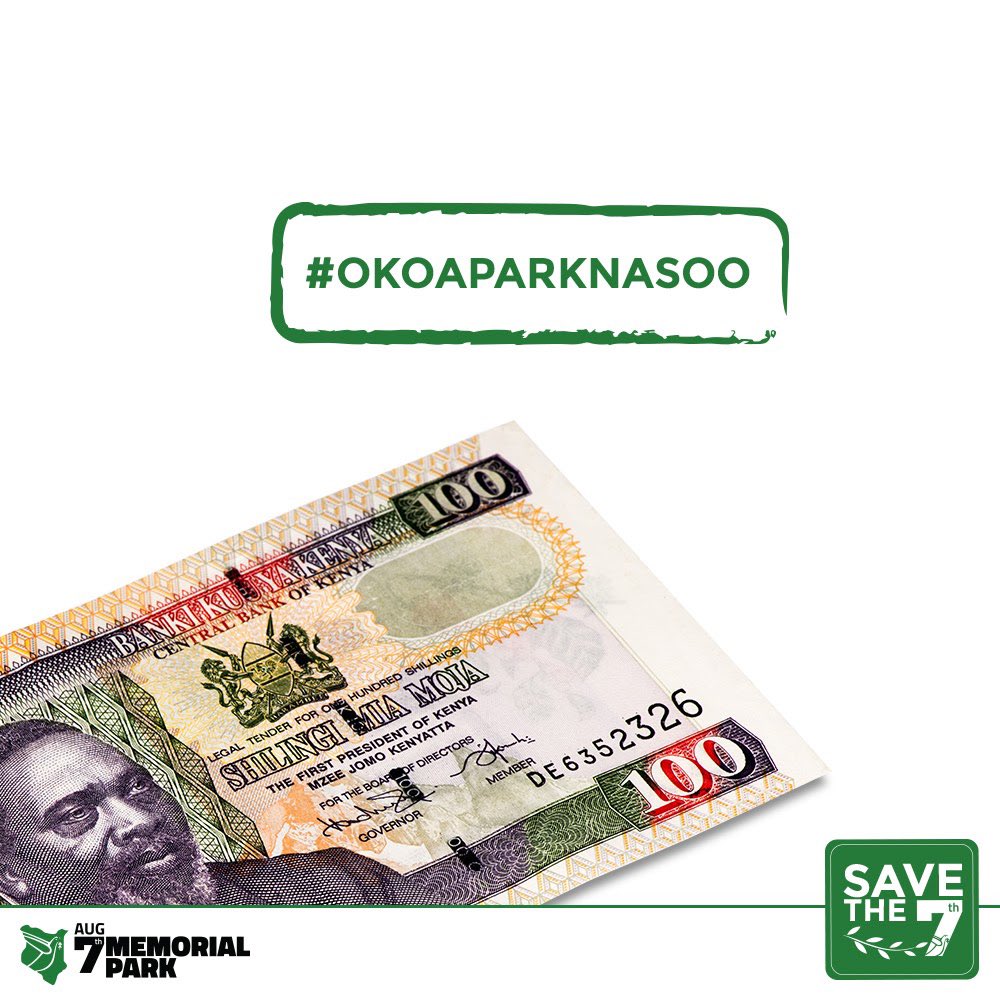
Intended to rely on gate fees and occasional support from local and foreign governments, Nairobi’s August 7 Memorial Park is facing permanent closure.
The park needs our help to keep its gates open. With as little as KES 100, we can save the park.
bit.ly/30ul1Zm
The park needs our help to keep its gates open. With as little as KES 100, we can save the park.
bit.ly/30ul1Zm

So the park can continue immortalizing the 218 souls that gave up the ghost on account of a terror attack, please do donate to #OkoaParkNaSoo
bit.ly/30ul1Zm
bit.ly/30ul1Zm
Life Is Real!
Life Is Earnest!
And The Grave Is Not Its Goal
Dust Thou Art, To Dust Returnest
Can Be Avoided, With Your Soo
Please donate bit.ly/30ul1Zm
Life Is Earnest!
And The Grave Is Not Its Goal
Dust Thou Art, To Dust Returnest
Can Be Avoided, With Your Soo
Please donate bit.ly/30ul1Zm
Umoja ni nguvu #OkoaParkNaSoo 

• • •
Missing some Tweet in this thread? You can try to
force a refresh










